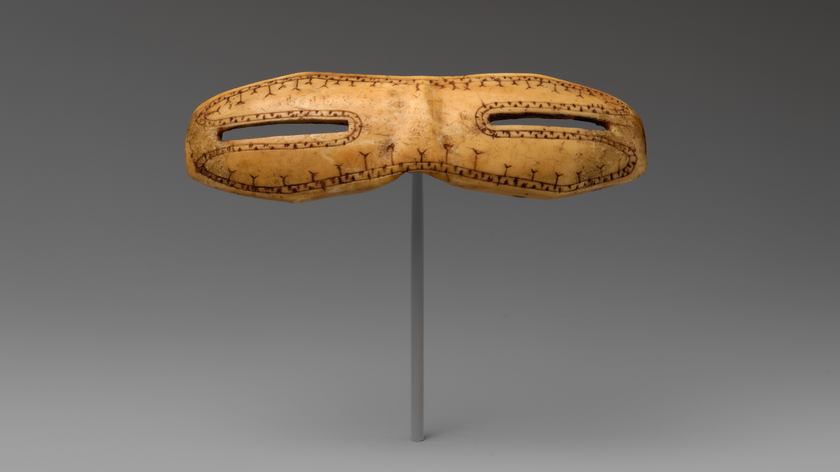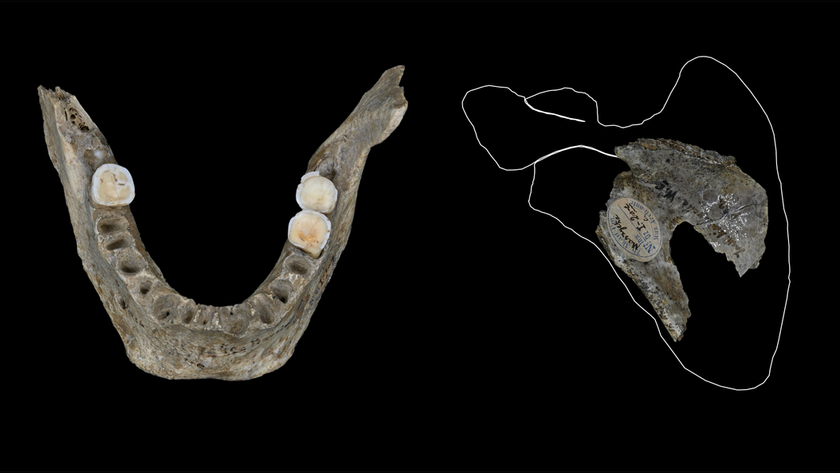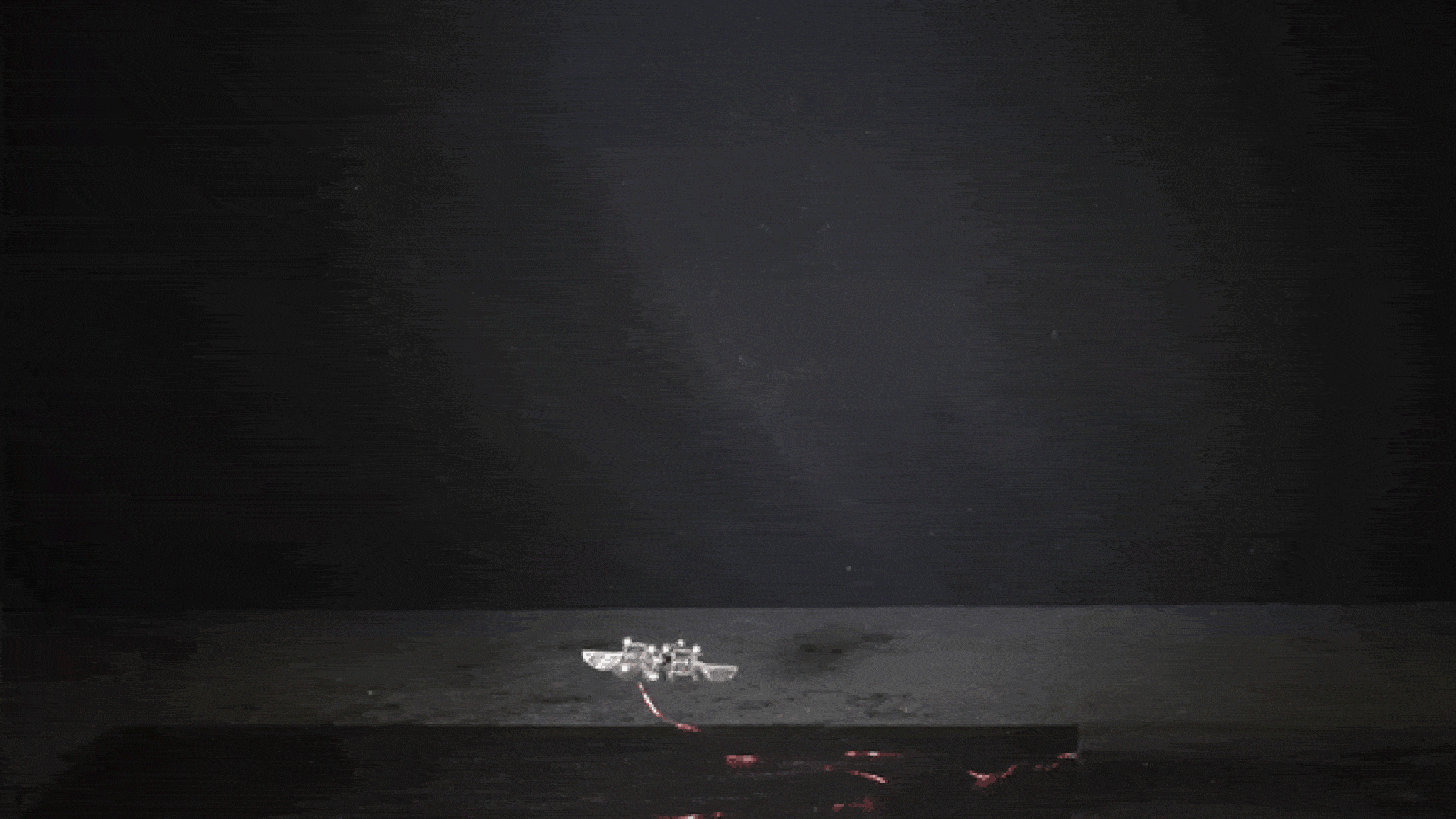Storm God Worship: Ancient Cult Complex Discovered in Israel
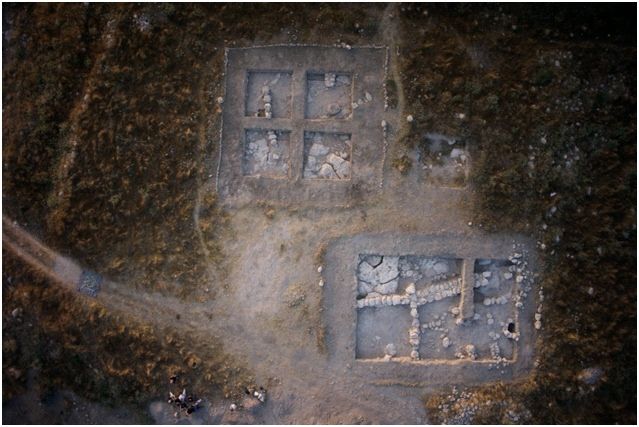
A massive cult complex, dating back about 3,300 years, has been discovered at the site of Tel Burna in Israel.
While archaeologists have not fully excavated the cult complex, they can tell it was quite large, as the courtyard alone was 52 by 52 feet (16 by 16 meters). Inside the complex, researchers discovered three connected cups, fragments of facemasks, massive jars that are almost as big as a person and burnt animal bones that may indicate sacrificial rituals.
The archaeologists said they aren't sure who was worshipped at the complex, though Baal, the Canaanite storm god, is a possibility. "The letters of Ugarit [an ancient site in modern-day Syria] suggest that of the Canaanite pantheon, Baal, the Canaanite storm god, would have been the most likely candidate," Itzhaq Shai, a professor at Ariel University who is directing a research project at Tel Burna, told Live Science in an email. [See Images of the Cult Building and Related Artifacts]
The researchers said they can't rule out that a female deity, such as the ancient war goddess Anat, was worshipped there, Shai said.
Cultic discoveries
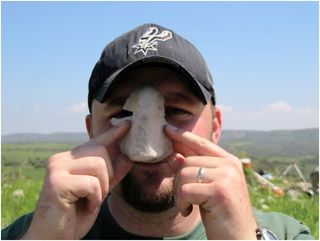
The artifacts include fragments of two masks. "The burna mask fragments, both of noses, are quite interesting, because they are quite large, although as seen in [a photo], they were clearly meant to be worn," Shai said.
"It is difficult to determine exactly who the masks are depicting and whether it is a specific image. In general, masks are known to have been used in cultic ceremonies and processions."
Sign up for the Live Science daily newsletter now
Get the world’s most fascinating discoveries delivered straight to your inbox.
The three connected cups, which were found in the cultic complex, were likely imported from Cyprus, the researchers say. The artifacts' use remains a mystery. "In the past, joint vessels similar in concept as the one found here have been considered as cultic objects," said Shai.
Dvory Namdar, of Hebrew University, is currently analyzing the walls of the vessels to determine what was put in them, something that may shed light on their purpose Shai said. "Residue analysis is currently being conducted in order to further understand what this vessel may have been used for," said Shai.
Giant vessels, scarabs and more …
The researchers also found massive "pithoi" vessels (large storage jars), some almost as big as a person. "Along the eastern edge of the exposed area of the building, a row of sunken pithoi, with several smaller vessels found inside of them, were found," said Shai. Two of the vessels were imported from Cyprus, as indicated by their design.
"The pithoi were likely used as storage for tithes brought to the cultic complex, although this is also being further analyzed through residue analysis." A tithe, in this instance, would be goods given to the cultic complex by those who used or lived near it.
The complex yielded many other finds, including a cylinder-shaped seal, goblets, chalices, broken figurines that look part-human and part-animal, and even a scarab, an artifact with an Egyptian hieroglyphic inscription on it.
Feasting, sacrifices and ceremonies
While more analysis is needed, the discoveries shed light on some of the activities that took place in the cult complex.
"From the finds within the building, we can reconstruct the occurrence of feasts, indicated by several goblets and a large amount of animal bones. Some of these animal bones are burnt, probably indicating their use in some sacrificial activity," said Shai.
"The presence of the pithoi may indicate the collection of tithes, or at a minimum, the storage of foods for later use in cultic activities," he added. "Finally, the masks may suggest ceremonial processions that arrived or left from the complex, possibly before or after the conducting of feasts."
Chris McKinny is the Supervisor of Area B at the site, where the complex was found, and Joe Uziel was co-director of the Tel Burna project between 2009 and 2012. The discovery was presented recently at the European Association of Archaeologists' annual meeting in Istanbul.
Follow us @livescience, Facebook & Google+. Original article on Live Science.

Owen Jarus is a regular contributor to Live Science who writes about archaeology and humans' past. He has also written for The Independent (UK), The Canadian Press (CP) and The Associated Press (AP), among others. Owen has a bachelor of arts degree from the University of Toronto and a journalism degree from Ryerson University.
